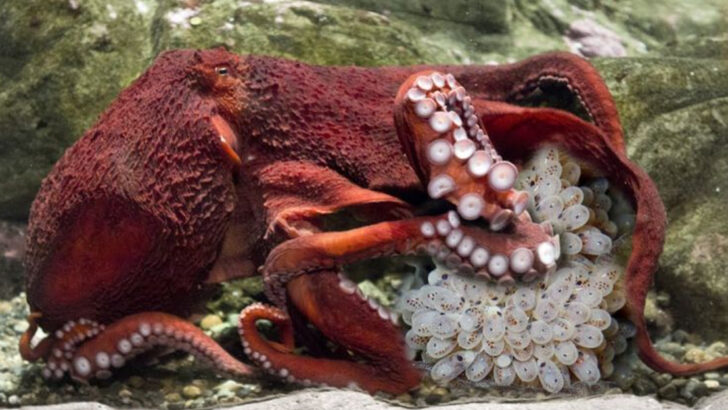Motherhood in the animal kingdom is filled with remarkable and unusual strategies that various species use to ensure their offspring’s survival.
From intriguing care techniques to bizarre nurturing habits, these tactics highlight the diversity and adaptability of life. Animals exhibit an array of behaviors that challenge our understanding of parenting.
Here’s an exploration of the strangest motherhood strategies observed in nature, where each approach underscores the tenacity and creativity of mothers in the wild. Join us as we delve into 14 unique and captivating examples that showcase the wonders of maternal instinct in animals.
Kangaroo Pouch Care
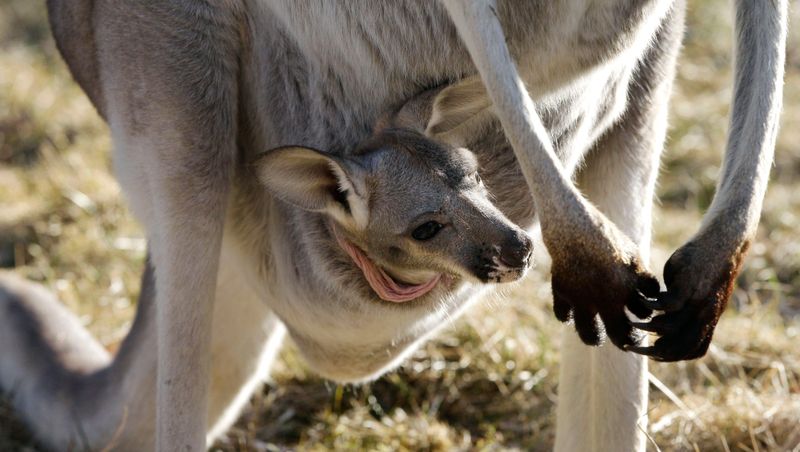
Kangaroo mothers exhibit a unique form of parenting by carrying their underdeveloped young, known as joeys, in their pouches. The pouch provides a safe haven for the joey to continue its development after birth.
Inside, the young kangaroo finds warmth and nourishment, as the mother’s milk is readily available. The joey spends several months in this snug environment, growing stronger and more capable of independence.
As it matures, the joey begins to venture out, returning to the safety of the pouch when needed. This remarkable evolutionary tactic ensures that the young are well-protected during their most vulnerable stages.
Octopus Sacrifice
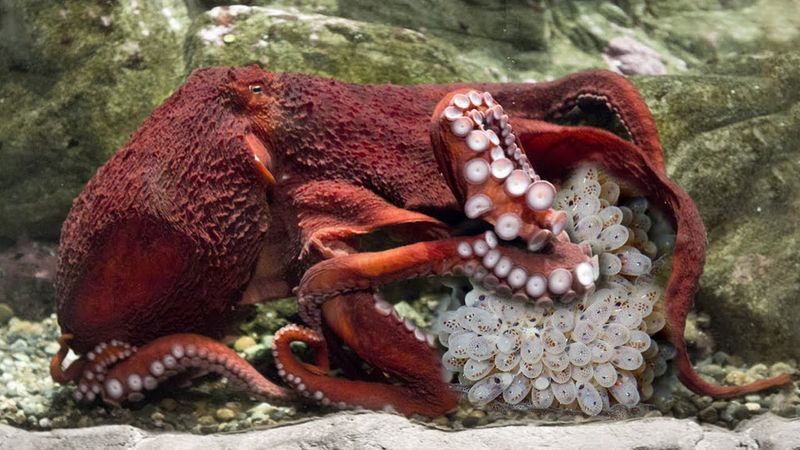
The mother octopus is known for her self-sacrificing devotion to her offspring. After laying thousands of eggs, she dedicates herself to their protection, foregoing food and rest. Her primary focus becomes aerating and cleaning the eggs to prevent fungal infections.
This dedication comes at a significant cost, as she often dies shortly after the eggs hatch. Her ultimate sacrifice ensures that her young have the best possible chance of survival.
The octopus’s maternal instinct is a powerful testament to the lengths some creatures will go to ensure the continuation of their lineage, even at the expense of their own lives.
Elephant Matriarchy
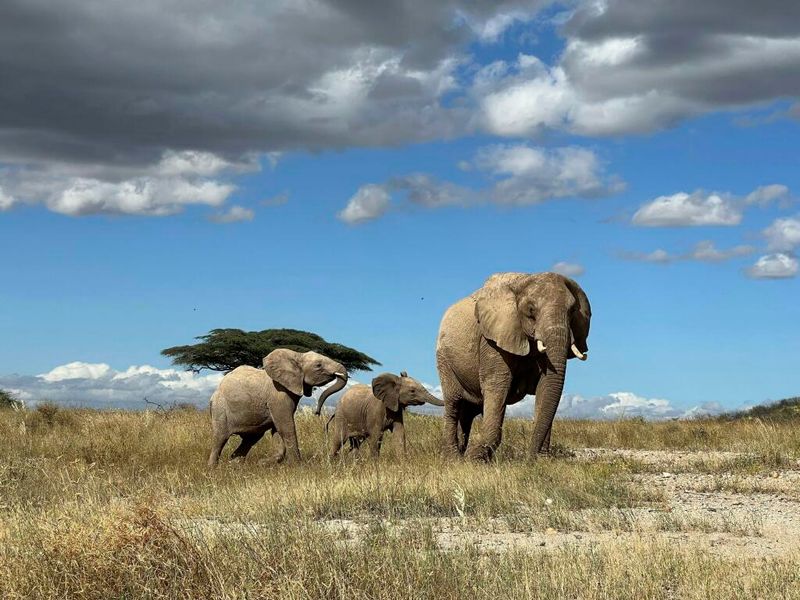
Elephants exhibit a communal approach to motherhood, where the matriarch leads and protects the herd. The matriarch, often the oldest and wisest female, plays a crucial role in guiding the group and teaching the young.
Elephant mothers rely on the support of the herd to raise their calves, who benefit from the collective experience and protection. Calves are nurtured and educated within this tight-knit community, learning essential survival skills.
This social structure not only enhances individual growth but also strengthens the bond among herd members. Elephant matriarchy highlights the power of community in successful parenting strategies.
Penguin Egg Balance
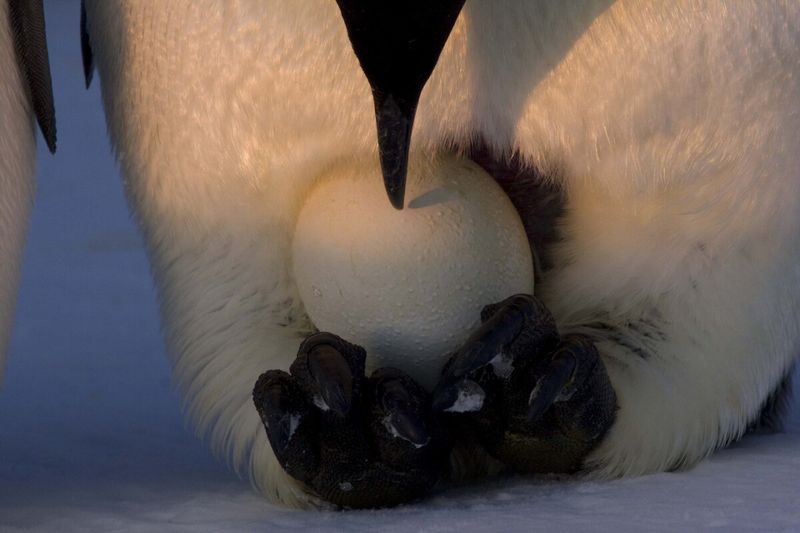
In the harsh climate of Antarctica, emperor penguins display a fascinating parenting technique. The male penguins take on the primary caregiving role by balancing their single egg on their feet, covered by a flap of skin called the brood pouch.
This keeps the egg warm in frigid temperatures while the female forages for food. For weeks, the males endure the cold, huddling together for warmth and protection.
Their dedication ensures the chick’s survival in such a challenging environment. This cooperative effort between male and female penguins exemplifies the shared responsibilities of parenting in the animal kingdom, against all odds.
Cuckoo’s Deception
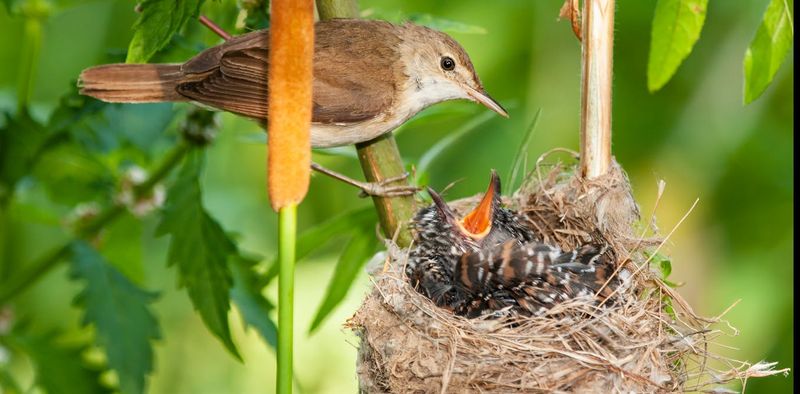
The cuckoo bird employs a deceptive strategy for raising its young by laying eggs in the nests of other bird species. Once hatched, the cuckoo chick often outcompetes the host’s offspring for food and care, sometimes even pushing them out of the nest.
This parasitic tactic allows the cuckoo to evade the time and energy costs of traditional parenting. It’s a remarkable example of manipulation in nature, showcasing an unconventional method of ensuring offspring survival.
Despite its cunning nature, this strategy has evolved as an effective means for the cuckoo to perpetuate its lineage across generations.
Seahorse Fatherhood
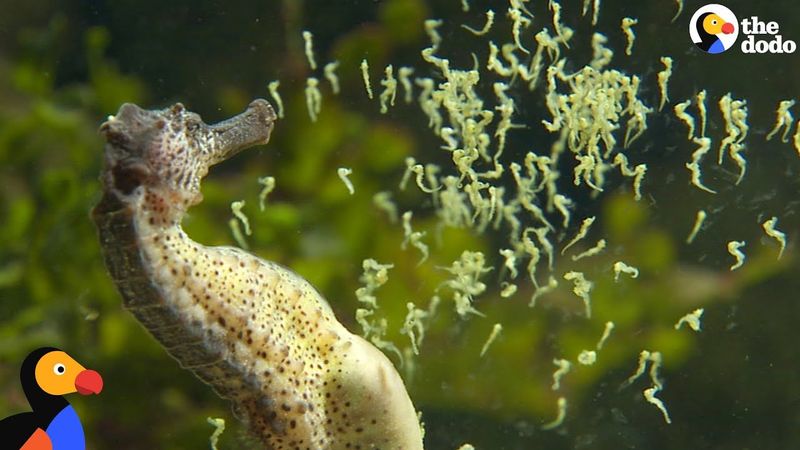
In a role reversal, male seahorses take on the responsibilities of pregnancy and childbirth. The female deposits her eggs into the male’s brood pouch, where he fertilizes and carries them until they hatch.
This unique form of parental care involves the male providing nutrients and oxygen to the developing young. Upon hatching, the tiny seahorses are expelled into the ocean, ready to begin life independently.
This extraordinary example of fatherhood challenges traditional gender roles in nature and highlights the diverse parenting strategies found across species. Seahorse fathers are truly remarkable for their nurturing and protective instincts.
Alligator Nursery Guardianship
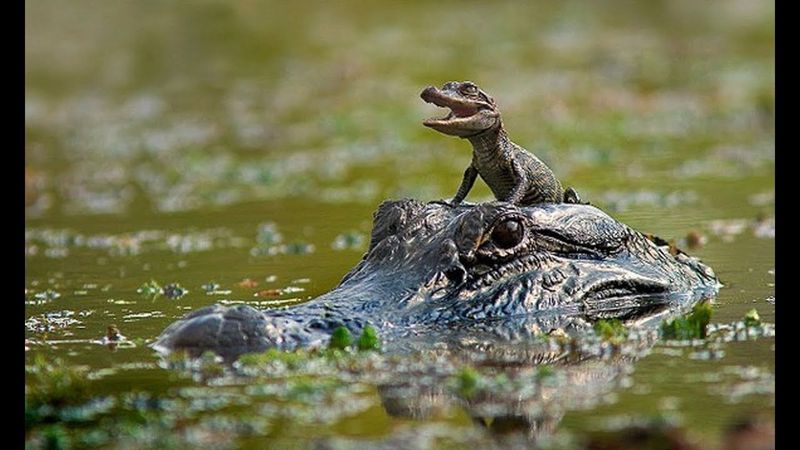
Mother alligators are fiercely protective of their young, known as hatchlings. After laying eggs in a carefully constructed nest, the mother guards them vigilantly against predators.
Once the eggs hatch, she transports the hatchlings to water in her mouth, continuing her protective role. For several months, the mother alligator remains close, ensuring her offspring’s safety as they learn to navigate their swampy surroundings.
Her dedication is crucial to the hatchlings’ survival, providing them with the time and security needed to grow. This vigilant guardianship is an impressive display of maternal instinct in a challenging and predator-filled environment.
Poison Dart Frog Parental Care
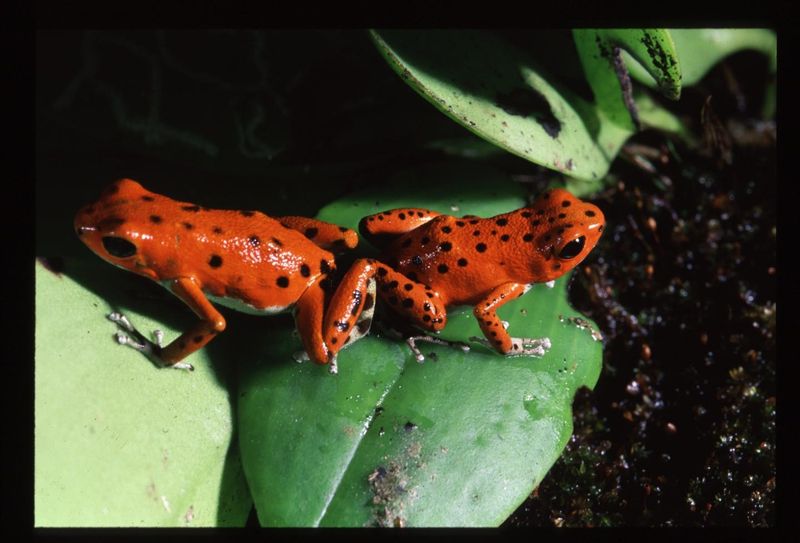
The poison dart frog demonstrates an unusual and colorful form of parental care. After the eggs hatch, the parent frog transports the tadpoles on its back to small pools of water in bromeliads.
Each tadpole is deposited in a separate pool, reducing competition for food and resources. The parent continues to provide nourishment by laying unfertilized eggs as food for the growing tadpoles.
This meticulous care ensures that each offspring has the best chance of survival in the competitive and dense rainforest environment. The poison dart frog’s efforts highlight the importance of resource allocation in successful parenting.
Emperor Scorpion Protection
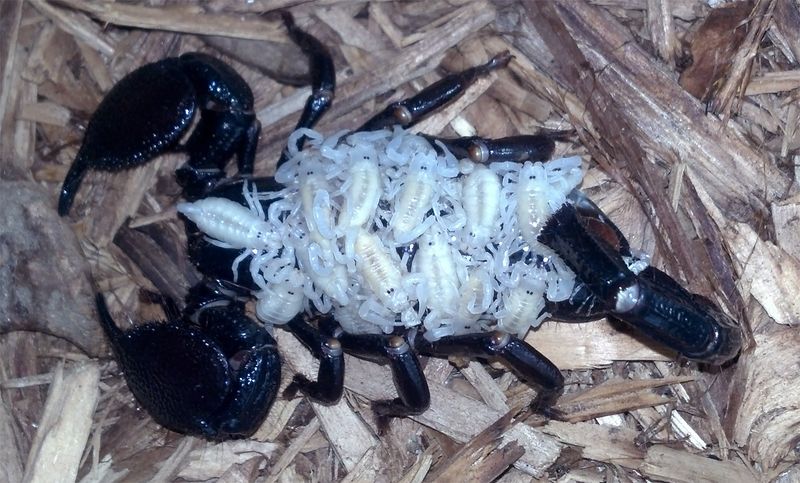
The emperor scorpion showcases a fascinating method of protecting its young. After giving birth, the mother carries her babies on her back, providing them with a secure place to develop.
This strategy protects the young from predators and environmental hazards. As they grow, the young scorpions gain strength and gradually venture off on their own. The mother’s back serves as both a shield and a launching pad for her offspring’s independence.
This form of parental care underscores the protective instincts prevalent in the animal kingdom, ensuring that the next generation is well-equipped to survive the harsh desert landscape.
Mouthbrooding Fish

Mouthbrooding fish, such as certain cichlids, employ a unique method of protecting their young. After fertilization, the female or male fish collects the eggs in their mouth, where they remain safe until hatching.
This strategy ensures that the eggs are protected from predators and environmental stresses. Once the fry hatch, they continue to find refuge in the parent’s mouth, venturing out for short periods before returning.
This protective behavior allows the young fish to develop in a safe environment, significantly increasing their survival chances. Mouthbrooding is a remarkable example of innovation in parental care within aquatic ecosystems.
Honeybee Hive Dynamics
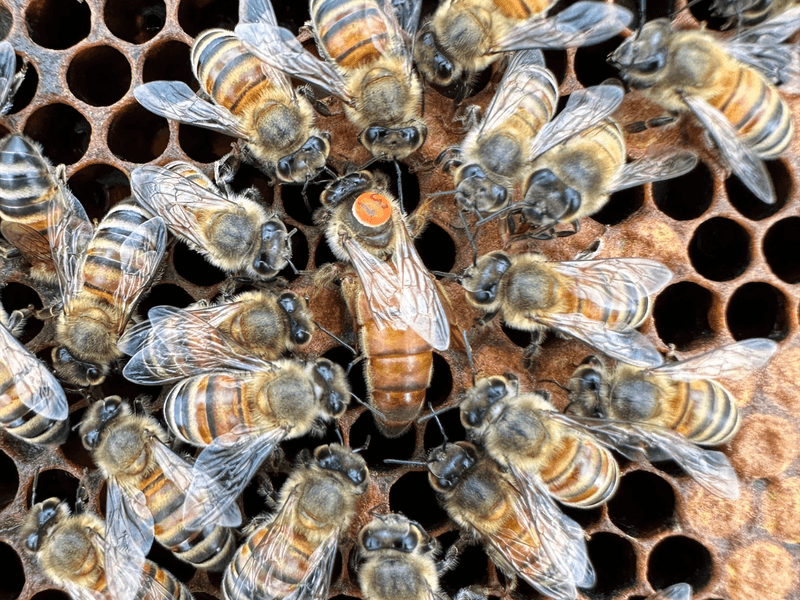
In honeybee colonies, the queen bee plays a pivotal role in motherhood. She is responsible for laying all the eggs that become the next generation of bees. Worker bees care for the larvae, feeding and nurturing them until they mature.
This division of labor allows the colony to thrive, with each member playing a specific role in ensuring the hive’s success. The queen’s prolific egg-laying and the workers’ tireless care exemplify a highly organized system of parental care.
This structured approach ensures the continuation of the hive, demonstrating the effectiveness of collaboration in raising offspring.
Platypus Seclusion
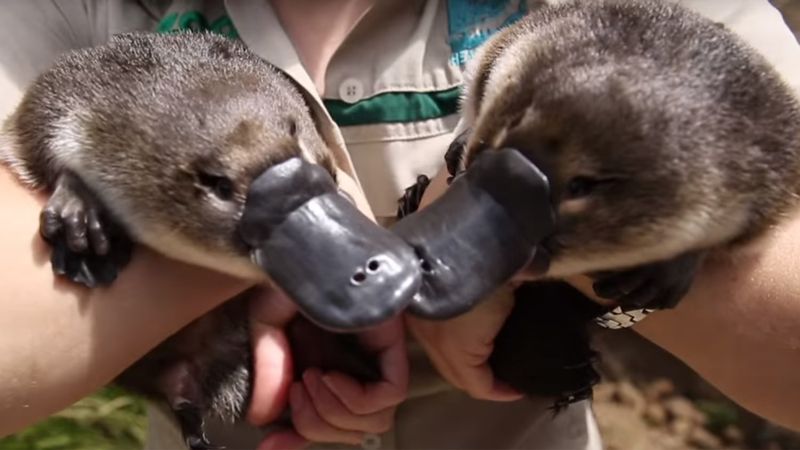
The platypus, a unique mammal, exhibits an unusual form of motherhood. After laying eggs, the mother retreats to a secluded burrow to incubate them. She remains with the eggs until they hatch, subsequently nursing her young with milk.
The isolation provided by the burrow ensures that the offspring are protected from predators during their vulnerable early days. This secluded nurturing strategy allows the mother to focus entirely on her young’s needs, providing a safe and controlled environment for growth.
The platypus’s approach to parenting highlights the adaptability and resourcefulness of maternal care in the wild.
Spidery Sacrifice
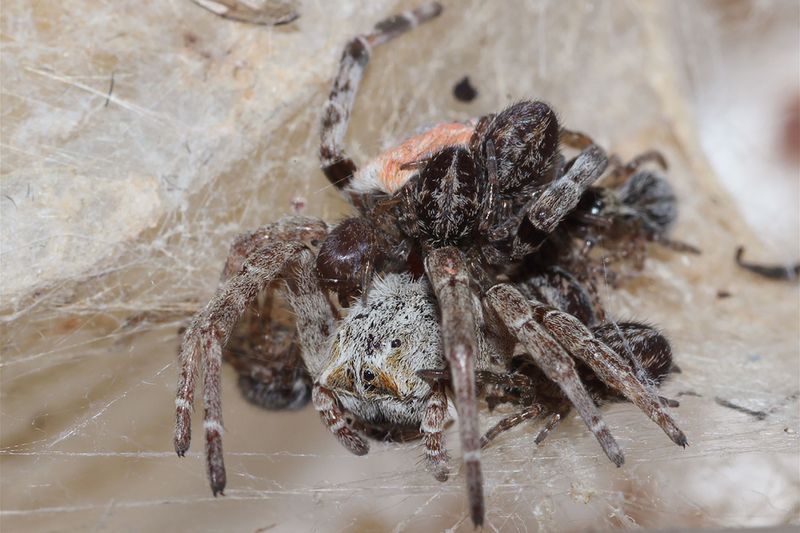
Some spider species showcase a dramatic form of parental care known as matriphagy. Here, the mother allows herself to be consumed by her offspring.
Following the hatching of eggs, spiderlings may eat their mother to gain vital nutrients necessary for survival. This self-sacrificial behavior ensures that the young have a strong start in life, absorbing the mother’s nutrients to grow and thrive.
This extreme tactic highlights the lengths to which some animals will go to ensure their offspring’s success. Matriphagy is a testament to the diverse and sometimes startling strategies found in nature’s parenting playbook.
Tamarin Family Support
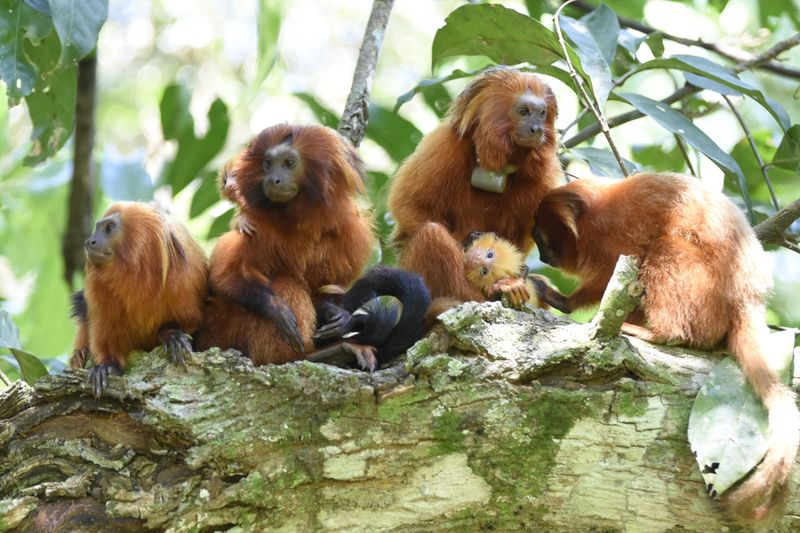
Tamarins, small primates found in South America, exhibit a cooperative approach to raising their young. Both parents, along with older siblings, participate in caring for the infants.
This family support system ensures that the young receive constant attention and care. The infants ride on the backs of family members, gaining protection and learning important social skills.
This collective effort not only aids in the physical development of the young tamarins but also fosters strong familial bonds. The tamarin’s cooperative parenting underscores the importance of support networks in successful rearing within complex social animals.

